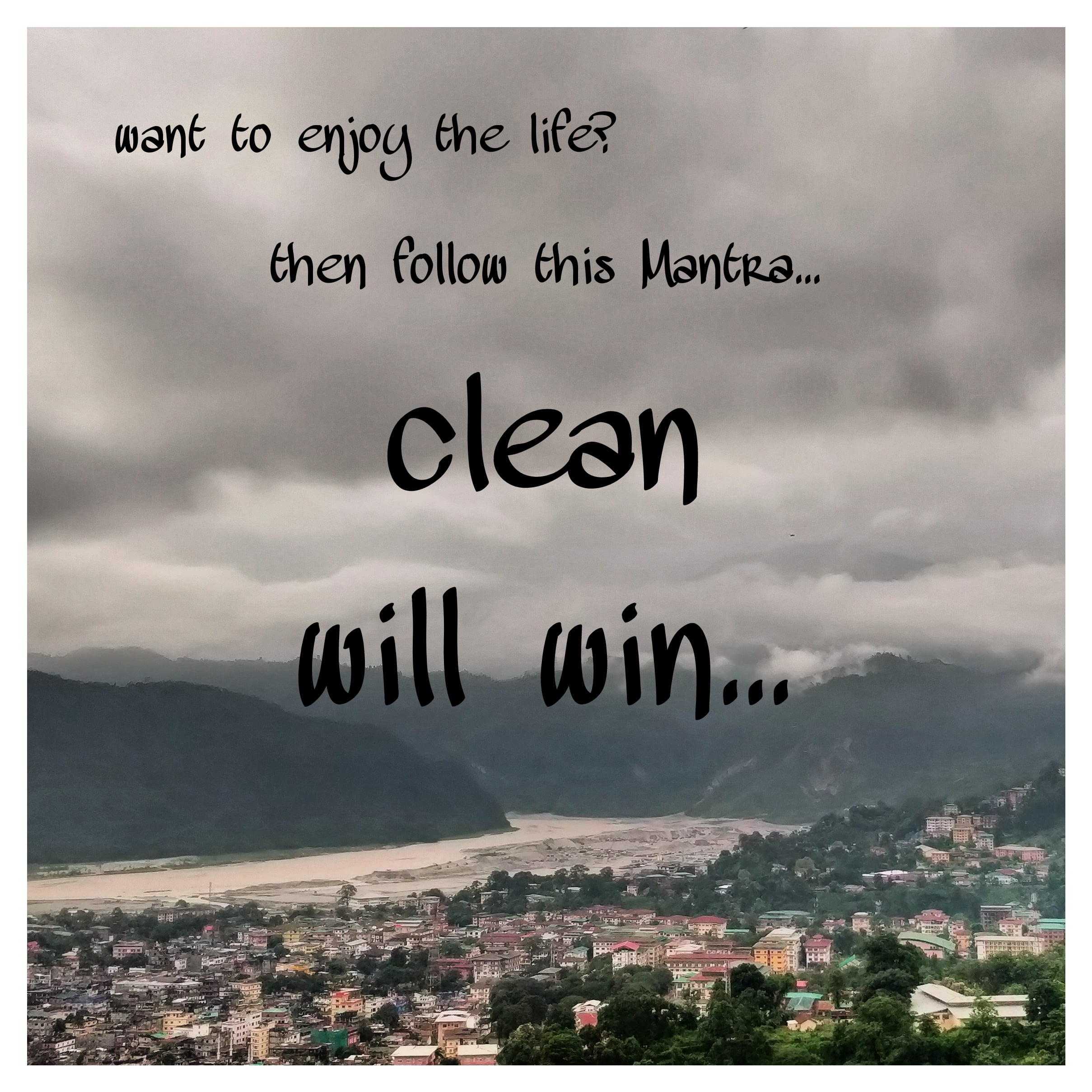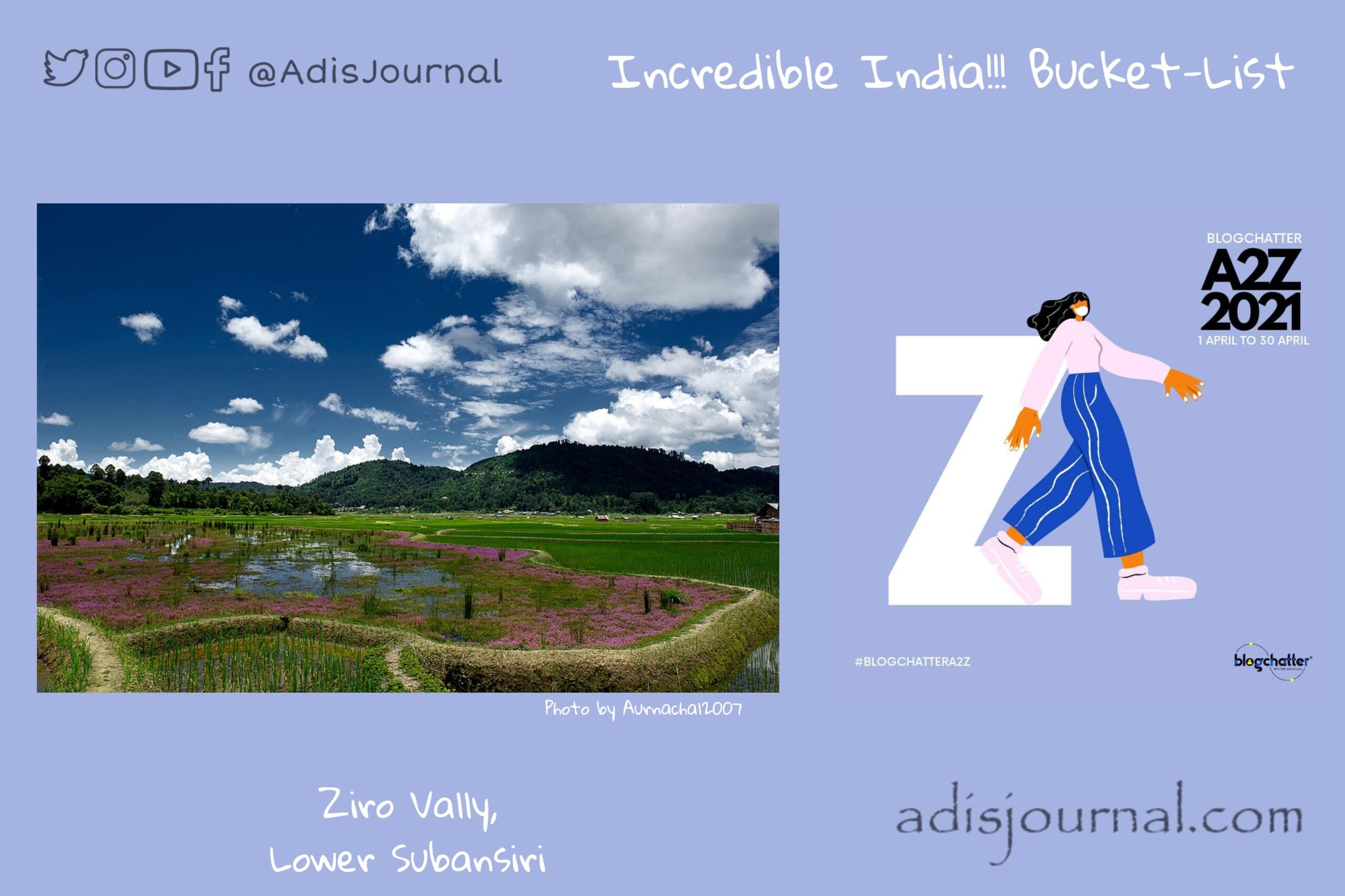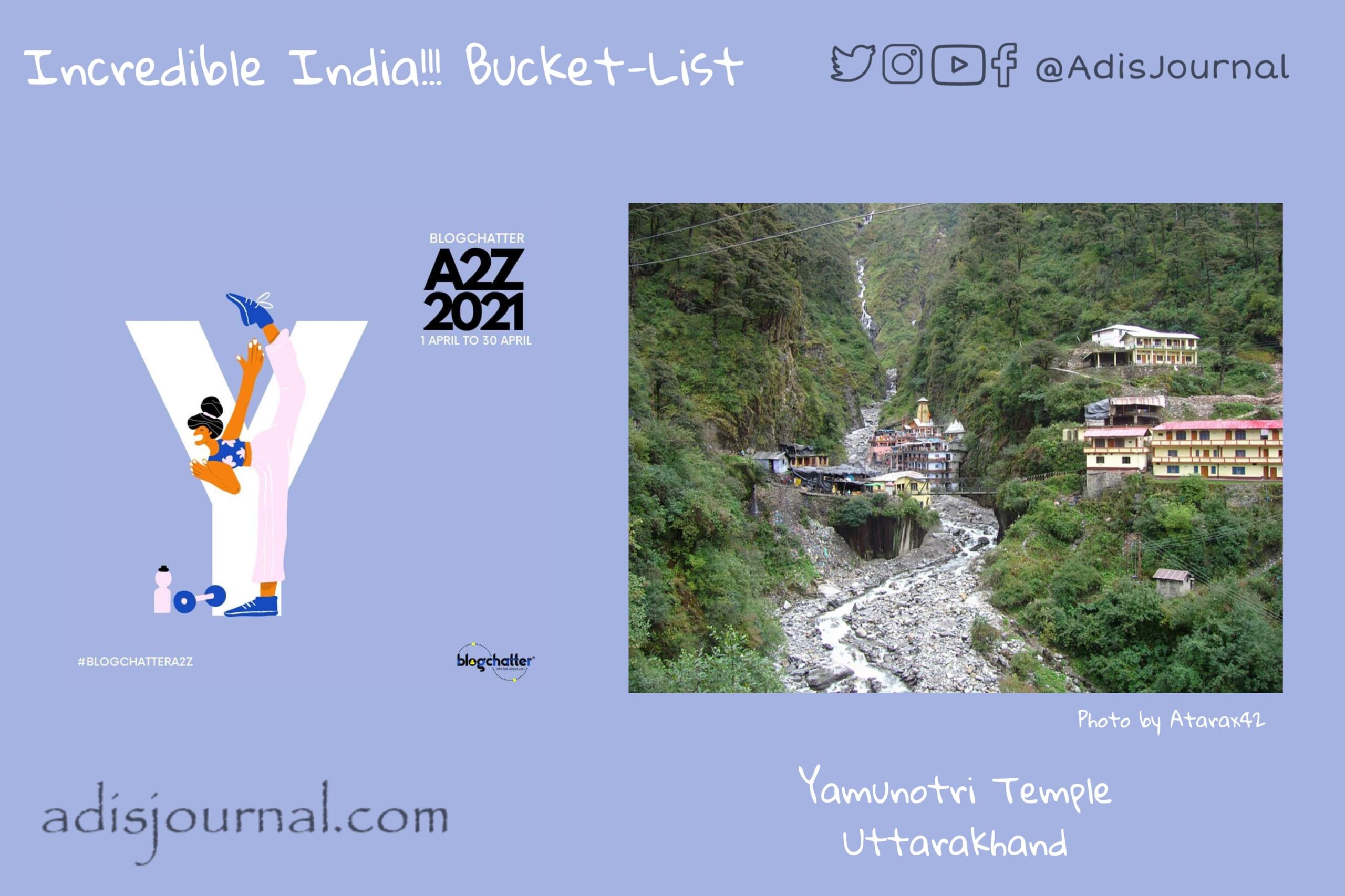
Today, I would like to introduce you all to a very old friend of mine, practically the first one in my life. Sarang Ganoo, a master product designer, is a very lively person. He specializes in industrial and strategic designs and is keen to make the products which will last in today’s world of “Use and Throw”. Now he has taken his passion to create something sustainable to a next level and dived into the field of urban farming. Currently he is working as a designer and builder at ‘The Urban Farm.’ I have chatted with him about his views about urban farming and composting specifically for this article. This will definitely take the Clean will Win message a step forward! So, here’s our conversation for you all!
Aditya: What is ‘The Urban Farm’?
Sarang: At The Urban Farm, we want to create tools such as a composting system for your small house kitchens or a range of balcony planter systems which helps you grow edible foods in cities. We want to make farming in urban areas simple for all people.
Aditya: Why composting? And how does it work in rooftop / urban farming?
Sarang: Indian city‘s generate one of the highest levels of organic waste in the entire world. In India Chennai generates the highest organic waste every day. 64% of city waste is organic waste. This problem can be tackled at every home regardless of how big or small and how much space they have. Hence composting. Composting makes your organic waste into an amazing organic soil. 102 home compost system, designed and developed by urban farm is the ideal out-of-the-box companion to start your composting journey.
Once you start composting you will have fertile organic soil at home. Once you start having really good organic soil at home the most general next step is to think about how we can grow food in the soil. And that’s what people do once they start having compost at home. They start thinking maybe I can start growing chilies or tomatoes at home and that’s how the revolution starts. And that is how it is connected to urban farming.
Aditya: What’s so special about 102 Home Compost?
Sarang: Specialty of 102 home compost is that it is the easiest home compost system in the market. How it works is- in a kit you get three fabric bags, 2.5 kg of coconut fiber, a stand and a tray with soil-make powder as an enzyme. To do the composting one needs to put 1 inch of coconut fiber underneath in the bag. After that you put your daily organic waste preferably chopped into less than 1 inch pieces at the end of the day. You spread just a spoonful of soil-make powder on top of the organic waste. Cover this entire thing with 1 inch of coconut fiber again. After layering this you just have to keep layering exactly like this until the bag is full. Once full, keep it aside for 20 days and whoa of your home mountain like soil is ready!

The Urban Farm team 
Wall of their rooftop farm 
The lush greens of The Urban Farm 
Sarang enjoying his farming
Aditya: I heard that there’s a setup on your roof where you grow green leafy on water? What’s that? And how did you get into it?
Sarang: It’s called Hydroponics. It is a method by which one can use only water and nutrients and micronutrients solution together to grow edible plants. Hydroponics works only with green leafy vegetables. We have done lots of hydroponic farming on our rooftop farm. We realised that it’s a great method to start something easy. However, it is not that suitable to grow large amounts of vegetables very profitably in a climate like India. We even have ample resources such as sunlight and fertile soil available all across the year. Yet, we believe that Hydroponics has a very good potential to be an additional source of income for lots of people living in the cities.
Aditya: Is it the next “in thing” or the need of an hour?
Sarang: Right now people are at home and they have realised the importance of nature around them. Many people have started growing some sort of flower plants as well as some sort of edible plants in their balconies. And I think people are now getting the hang of it. I hope that this trend grows more so that it helps us in making a sustainable future for nutrients and great food available across the city for everyone.
Aditya: ‘The Urban Farm’ is promoting both soil based and water based farming, isn’t it kind of contradictory?
Sarang: Not at all. Each method has its own place in the larger scheme of things. Because of climate change we need to make sure that we have enough good nutrient food preferably without too much GMO available to the larger population. I think methods like hydroponics do help in some ways to achieve that.
Aditya: Tell me one thing which people of our age should change as a step towards sustainable living.
Sarang: One thing people of our age can start doing is start composting their own organic waste at home. Do not expect your city to take away your organic waste. It is you who has generated the waste and you are responsible for making sure that it doesn’t go to the landfills and pollute our environment in the city!
Adi’s Journal
June 2021
This post is part of Blogchatter’s CauseAChatter



















